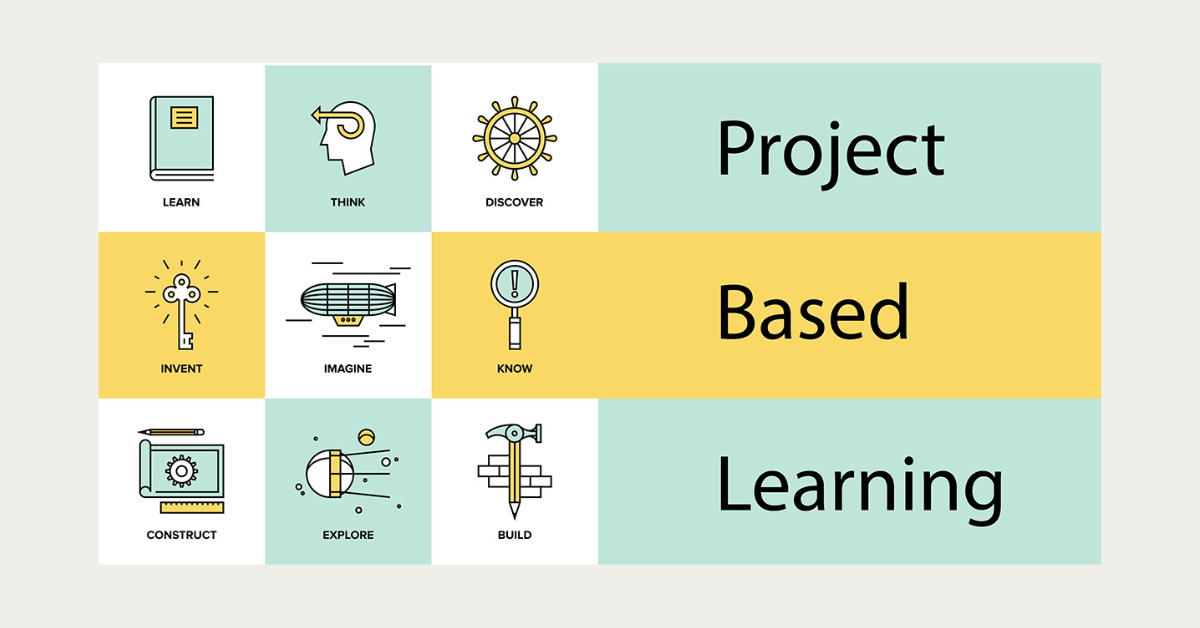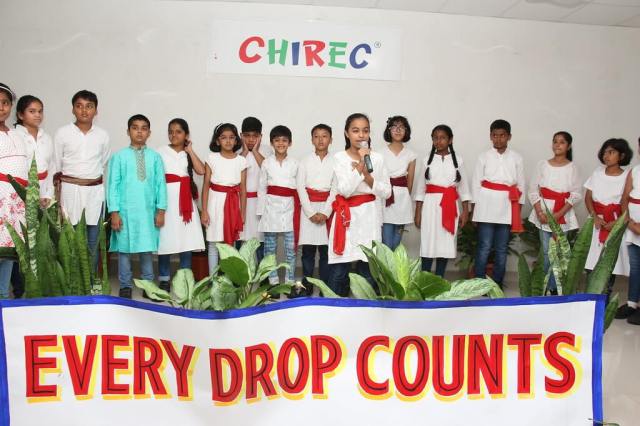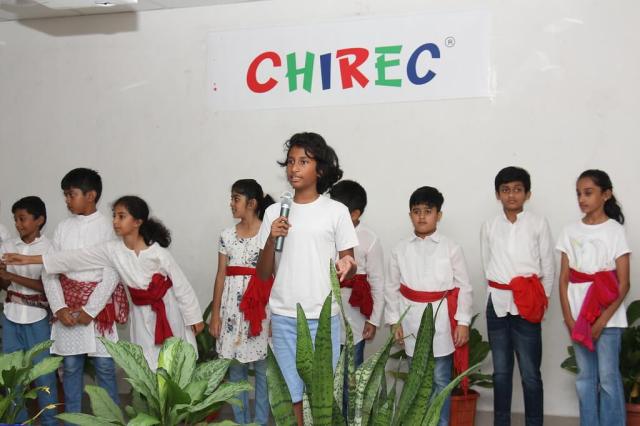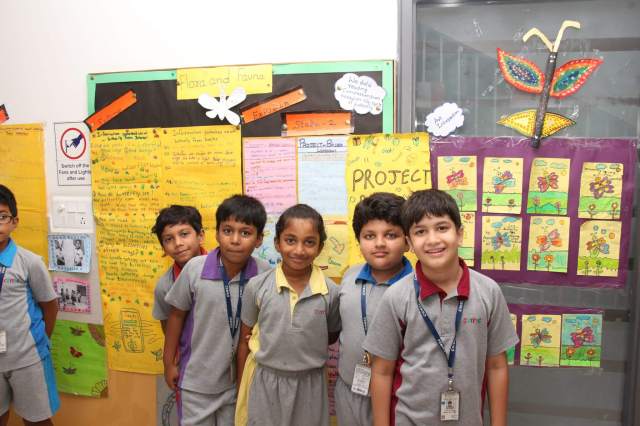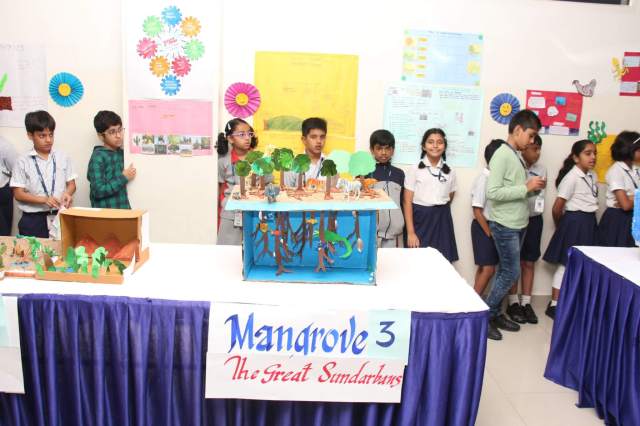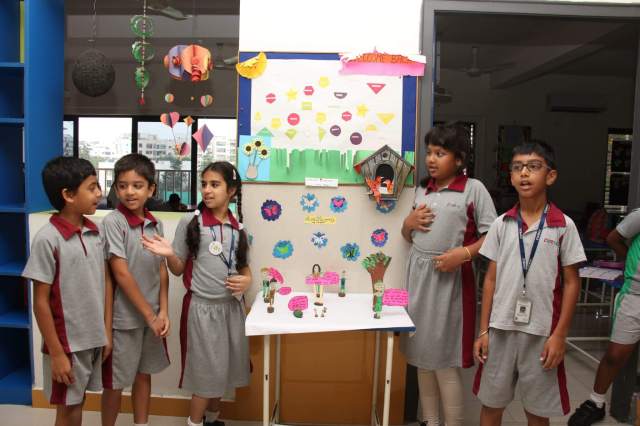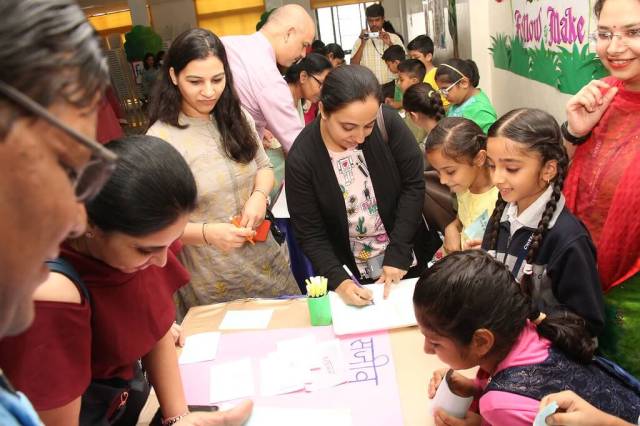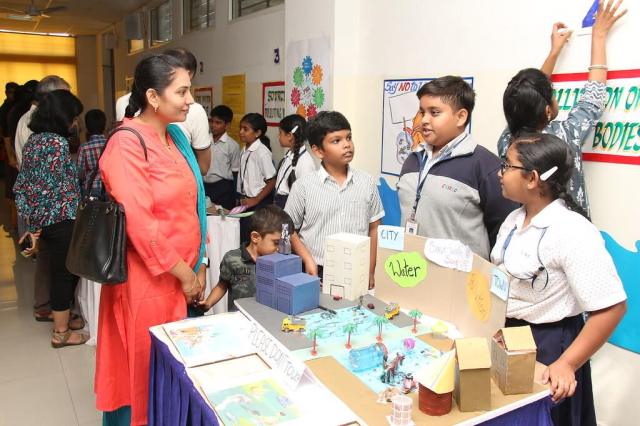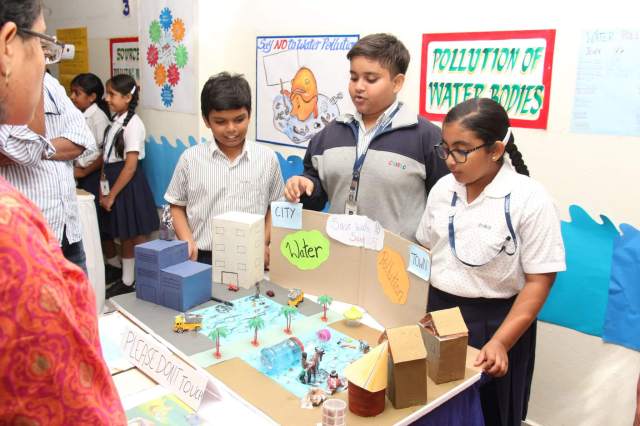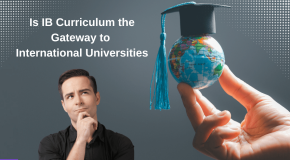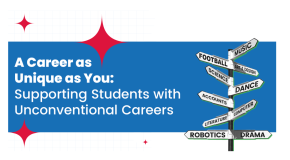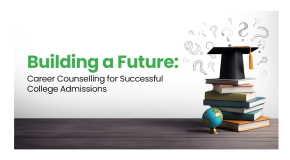Since its inception, CHIREC has always supported improved and enhanced teaching-learning strategies. Teachers at CHIREC have been continuously exploring new methods and ideas to impart the best knowledge to the students and make the learning process enriching and amusing. Unlike the age-old teaching-learning process, CHIREC has always chosen latest practices that are well organized and systematic.
Presently, CHIREC has introduced a new technique in the teaching-learning process called the Project–Based Learning (PBL). It is a research-oriented process which enables students to understand any topic after collecting the information and researching various primary and secondary sources. In this process of teaching, a teacher puts across a challenging open-ended question that requires real-life problem-solving skills and thorough research to find one or multiple solutions. Through PBL, students gain a deeper understanding of the subject and are able to make use of their knowledge and skills through a practical approach.
The process begins with an open-ended questionnaire and slowly moves into a deep-delved research in various fields depending on the project. Students are able to make a comprehensive study of subjects they find interesting and integrate their understanding and findings into a project. For example, a PBL based on the sports genre from English requires children to undergo a comprehensive study of various sports like cricket, scuba diving, mountaineering, handball, hockey, etc., and integrate them with subjects like social studies, mathematics, and history. In this learning process, students also come up with new game ideas and develop new strategies that may be applied with the existing rules of the sports.
Planning PBL: What My Students Will Learn from This Project
Planning a PBL is one of the most crucial elements of the process. As a mentor, one needs to pay equal importance to the learning objective and outcome. For example, a PBL based on the environment and surroundings may be planned to inculcate the value of Reduce, Reuse and Recycle among the students. As an ice-breaker, students are given an essential question like ‘In what ways does reducing, reusing and recycling of paper help save the planet?’ It should be an open-ended and non-judgmental question and should incorporate the theme of the project, which in this case is the importance of 3R.
Phase 1 of the project involves the initialization process where the mentor conducts an interactive session using a video clip based on the process of recycling. Students watch the video and try to comprehend the process of recycling and create mind maps as topic webs. Students are also encouraged to prepare a list of relevant questions to spear their thoughts into divergent thinking.
Phase 2 involves the process of investigation and inquiry. The class is divided into groups and each group uses various primary and secondary resource materials like textbooks, internet, magazines, documentaries, interviewing people in school and community, talking to various NGOs that deal with recycling, and gain a thorough understanding of the process. After collecting all materials, students prepare their final presentation: a documentary or any visual demonstration. They also integrate their research with other subjects like Social, Science and Mathematics. The learners efficiently organize data, ideas and draws relevant connection between the ideas. They display a strategic approach when accessing and assessing information.
The final phase involves presentation of the PBL activity. Each student in a group contributes to the process and speaks about the cause, effect and solution to the given problem. Students summarize the content and state the relevant points they have gathered depicting coherence and balance. Teacher assesses the presentation based on a variety of parameters like the primary and secondary sources used, relevance, quality and balance of the ideas, assimilation and processing of information, body language, confidence and gesture.
Benefits of Project Based Learning
The benefits of PBL are manifold in character. Following is a list of advantages of PBL:
- Widens mental horizons
- Promotes social interaction and peer cooperation
- Develops coordination between body and mind
- Boosts critical thinking
- Contributes to higher order thinking skills
- Contributes to a well-balanced cognitive development
- Contributes to step-by-step understanding of the problem
- Hands-on experience helps students acquire permanent knowledge and understanding
- Engages students in rigorous and interesting contexts
- Keeps the students motivated by stimulating their interests
- Cultivates open-mindedness and receptivity
- Develops knowledge at a deeper level
- Contributes to divergent thinking by exploring many solutions
Sources Used: Training and learning materials from The Teacher’s Foundation.

Ms. Snigdha Dhar
English Teacher, Secondary (CBSE)
Class-teacher, 7C
Who am I?
Well, this question can hardly be answered using these twenty-six letters of the English alphabet! I am the one who too doesn’t know myself completely! Perplexed, isn’t it? Well, I am a fun-loving person, a teacher by profession, a caring wife and a doting mother of a 7-year old. Professionally speaking, I began my career as a freelance content writer and then slowly climbed the ladder and joined a reputed finance organization as a Senior Quality Assurance Specialist. Always passionate about reading, I always wanted to be a teacher and after my son was born, I decided to follow my passion. And now, here I stand – a teacher of English, teaching in CHIREC.

